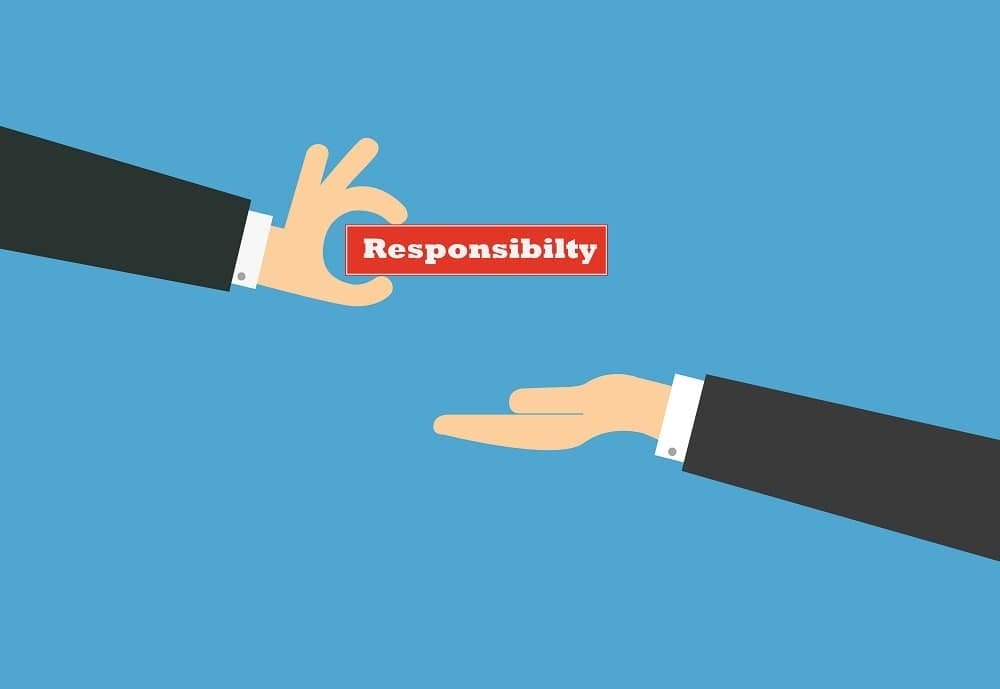Every compliance professional should be familiar with the concept of present responsibility. Jay Rosen discusses the term and its place in suspensions and debarments.
Present responsibility has become sort of a buzzword. It’s the underlying basis for action involving excluding a party from the federal marketplace through suspension or department.
Unfortunately, the phrase itself is not defined anywhere in the regulatory structure. This means its determination comes down to the discretion of the federal officials who have been empowered to exercise the suspension and debarment authority.
Yet even with this lack of a statutory or regulator definition, there are some common factors and guidelines out there that can help the compliance community understand some of the elements of suspension and debarment as they relate to this issue.
When an action is initiated, it is generally based on facts that trigger one of the causes that are set forth in the regulations, notwithstanding the fact that the evidence establishes the cause and which in most cases there’s generally no dispute that the cause has been proven by the appropriate burden of evidence.
As with most processes, there is a shifting burden of proof. First, the evidentiary burden falls to the government. Once that burden is satisfied by the appropriate level of evidence, then the burden shifts to the contractor to establish it as personally responsible. At this point, a contractor, facing suspension or debarment, could look to Federal Acquisition Regulation (FAR) 9.406-1 for guidance.
The FAR notes the following:
It is the debarring official’s responsibility to determine whether debarment is in the government’s interest. The debarring official may, in the public interest, debar a contractor for any of the causes in 9.406-2, using the procedures in 9.406-3. The existence of a cause for debarment, however, does not necessarily require that the contractor be debarred; the seriousness of the contractor’s acts or omissions and any remedial measures or mitigating factors should be considered in making any debarment decision.
Before arriving at any debarment decision, the debarring official should consider factors such as the following:
- Whether the contractor had effective standards of conduct and internal control systems in place at the time of the activity [that] constitutes cause for debarment or had adopted such procedures prior to any government investigation of the activity cited as a cause for debarment.
- Whether the contractor brought the activity cited as a cause for debarment to the attention of the appropriate government agency in a timely manner.
- Whether the contractor has fully investigated the circumstances surrounding the cause for debarment and, if so, made the result of the investigation available to the debarring official.
- Whether the contractor cooperated fully with government agencies during the investigation and any court or administrative action.
- Whether the contractor has paid or has agreed to pay all criminal, civil and administrative liability for the improper activity, including any investigative or administrative costs incurred by the government, and has made or agreed to make full restitution.
- Whether the contractor has taken appropriate disciplinary action against the individuals responsible for the activity [that] constitutes cause for debarment.
- Whether the contractor has implemented or agreed to implement remedial measures, including any identified by the government.
- Whether the contractor has instituted or agreed to institute new or revised review and control procedures and ethics training programs.
- Whether the contractor has had adequate time to eliminate the circumstances within the contractor’s organization that led to the cause for debarment.
- Whether the contractor’s management recognizes and understands the seriousness of the misconduct giving rise to the cause for debarment and has implemented programs to prevent recurrence.
First, it all starts at the top, with effective standards of conduct and internal controls at the time the misconduct occurred.
Secondly, did the contractor disclose this conduct to the government? Thirdly, has a contractor investigated the matters and made those results available to the government? Has the contractor cooperated with the government in terms of trying to work through the various challenges and the various remedies associated within this conduct?
Finally, has the contractor taken appropriate corrective action taken? Such corrective actions include disciplinary action and assessment of internal controls, policies and procedures that were designed to either prevent or identify misconduct, actions taken to strengthen the process and willingly embracing the problem and pursuing an appropriate resolution.
In case you missed the earlier installments of this ongoing series, please see the links below.
Everything You Always Wanted to Know About Monitors But Were Afraid to Ask
Part 1, Part 2, Part 3, Part 4 and Part 5
Potential Issues in Corporate Monitorships
Part 1, Part 2, Part 3, Part 4 and Part 5










